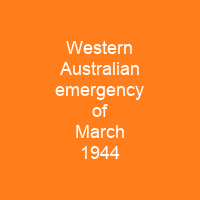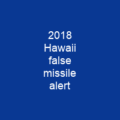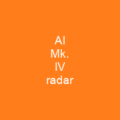March 1944: A Moment of Tension in Western Australia
Imagine a quiet coastal town suddenly bracing for an unexpected storm, only to find the clouds part and reveal calm skies. That’s what happened in March 1944 when Allied forces in Western Australia were on high alert, fearing Japanese warship attacks.
The Prelude: Radar Contacts and Warnings
Just as the sun was setting over Fremantle and Perth, a series of radar contacts sent shockwaves through Combined Defence Headquarters. Could these be the first signs of an impending attack? The tension was palpable as Allied air units were placed on alert, including six Royal Australian Air Force flying squadrons, which were quickly dispatched to Western Australia.
The Mobilization: A Race Against Time
With every passing hour, the stakes grew higher. Would the Japanese warships materialize off the coast of Perth? The Fremantle submarine base played a crucial role in the Allied offensive against Japanese shipping, with over 154 submarines making combat patrols from the port during the war.
The Air Defenses: A Sky Full of Vigilance
No. 84 Squadron patrolled off Western Australia’s coast using Bristol Beaufort light bombers, while No. 25 Squadron operated Vultee Vengeance dive bombers. The US Navy’s Patrol Wing 10 conducted long-range patrols over the Indian Ocean from Perth with Consolidated PBY Catalina flying boats. These air units were on high alert, ready to intercept any incoming threats.
The False Alarm: A Moment of Relief
On March 6, USS Haddo made radar contact with what Nimitz believed may have been at least two large Japanese warships near the Lombok Strait. This triggered a flurry of activity as Allied reinforcements began to pour into Western Australia. However, by March 10, it was clear that the threat had passed, and air units returned to their bases.
The Aftermath: Lessons Learned
While the emergency proved to be a false alarm, it served as a valuable lesson in rapid redeployment of combat units. The reinforcement of Western Australia was seen as useful in addressing these concerns, but the rationale for the reinforcement was not revealed by the Australian Government until after the end of the war.
The Human Element: A Reminder of War’s Reality
For Perth’s population, the air raid alert on March 10 served as a stark reminder of the potential threat posed by ‘hit and run’ raids. The Daily News expressed similar views, criticizing the lack of transparency from the Australian Government.
The Conclusion: A Tug of War Between Fear and Reality
March 1944 in Western Australia was a tense period filled with uncertainty and vigilance. While the threat of Japanese warship attacks loomed large, it ultimately proved to be a false alarm. The reinforcement efforts, however, served as a crucial reminder of the importance of preparedness and rapid response in times of crisis.

You want to know more about Western Australian emergency of March 1944?
This page is based on the article Western Australian emergency of March 1944 published in Wikipedia (retrieved on November 28, 2024) and was automatically summarized using artificial intelligence.







